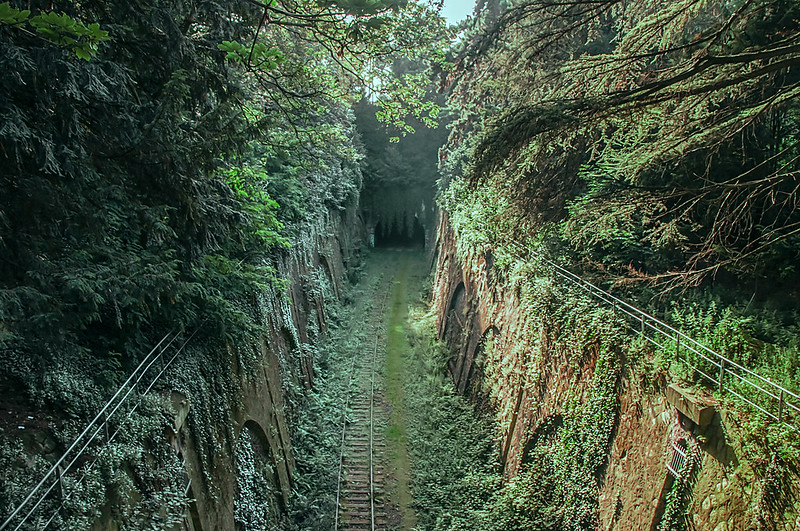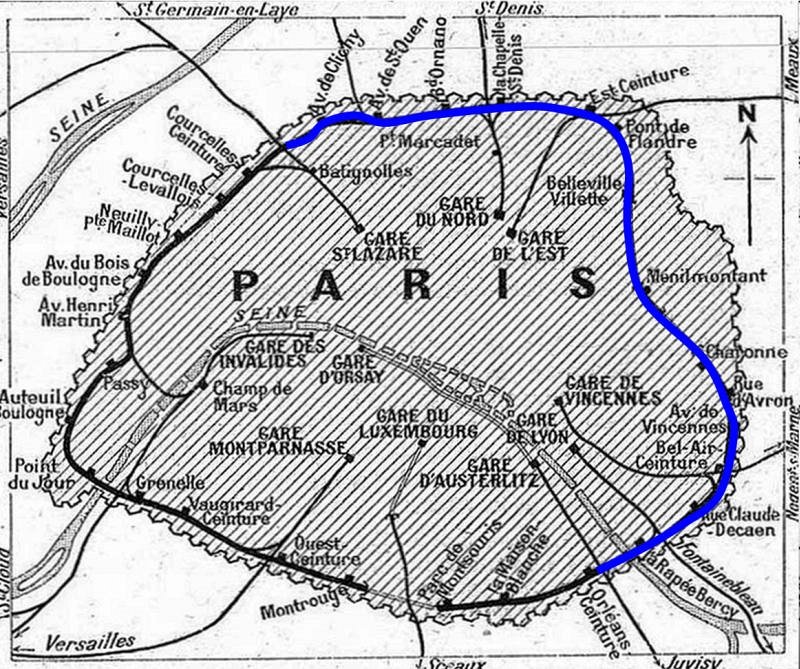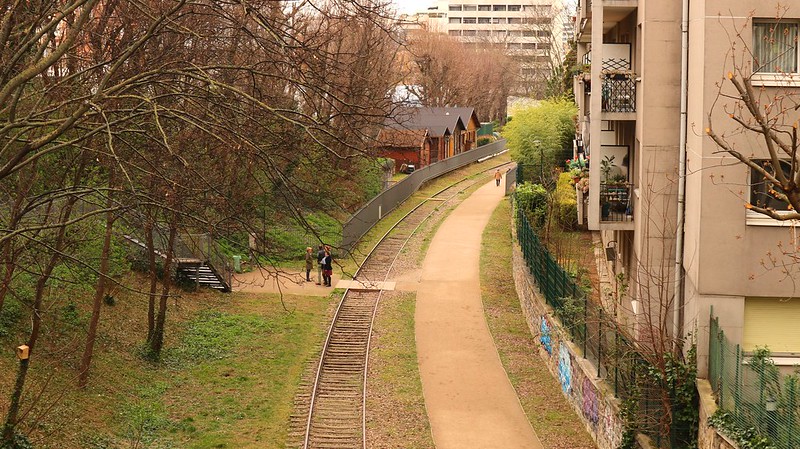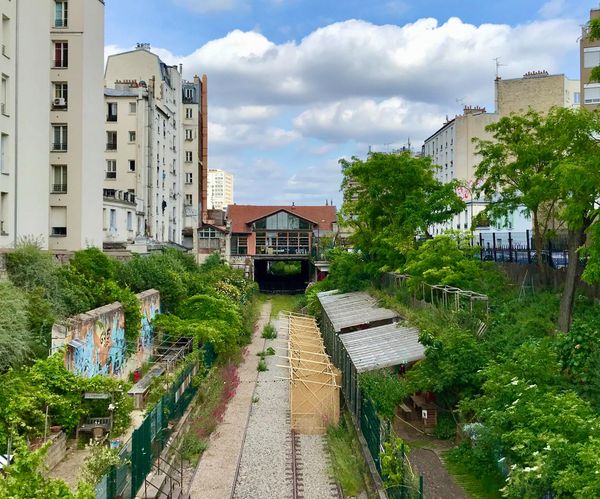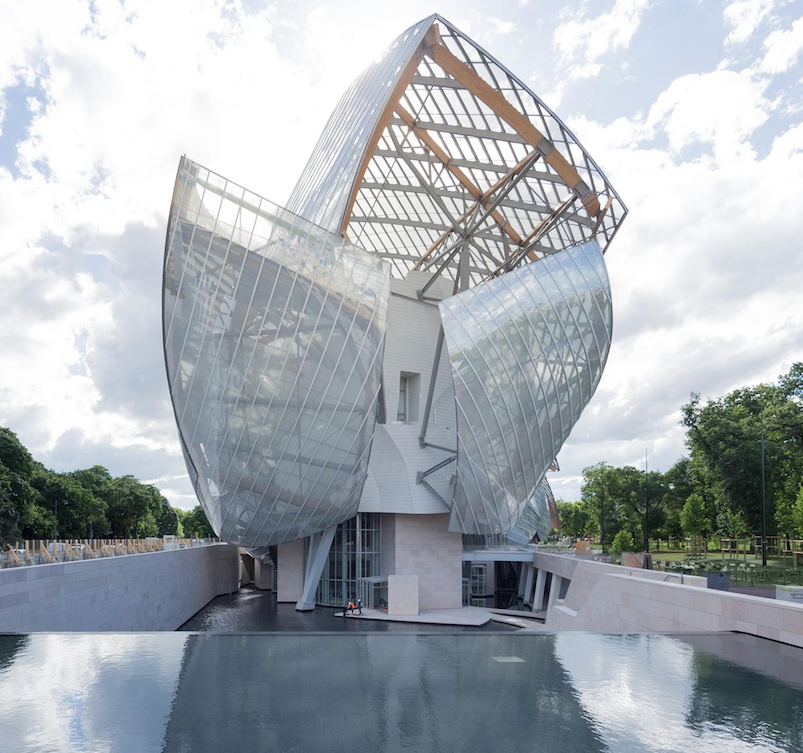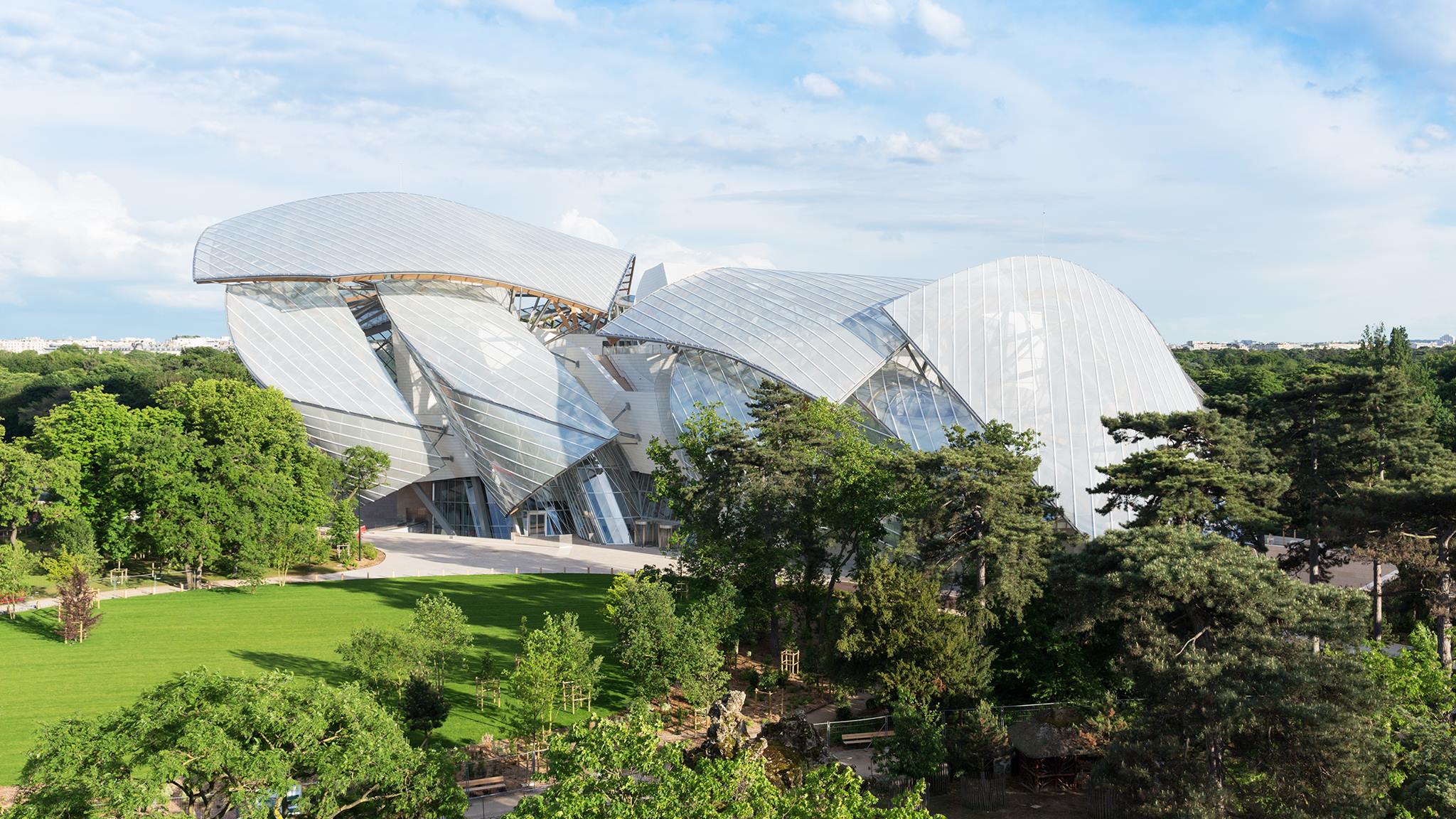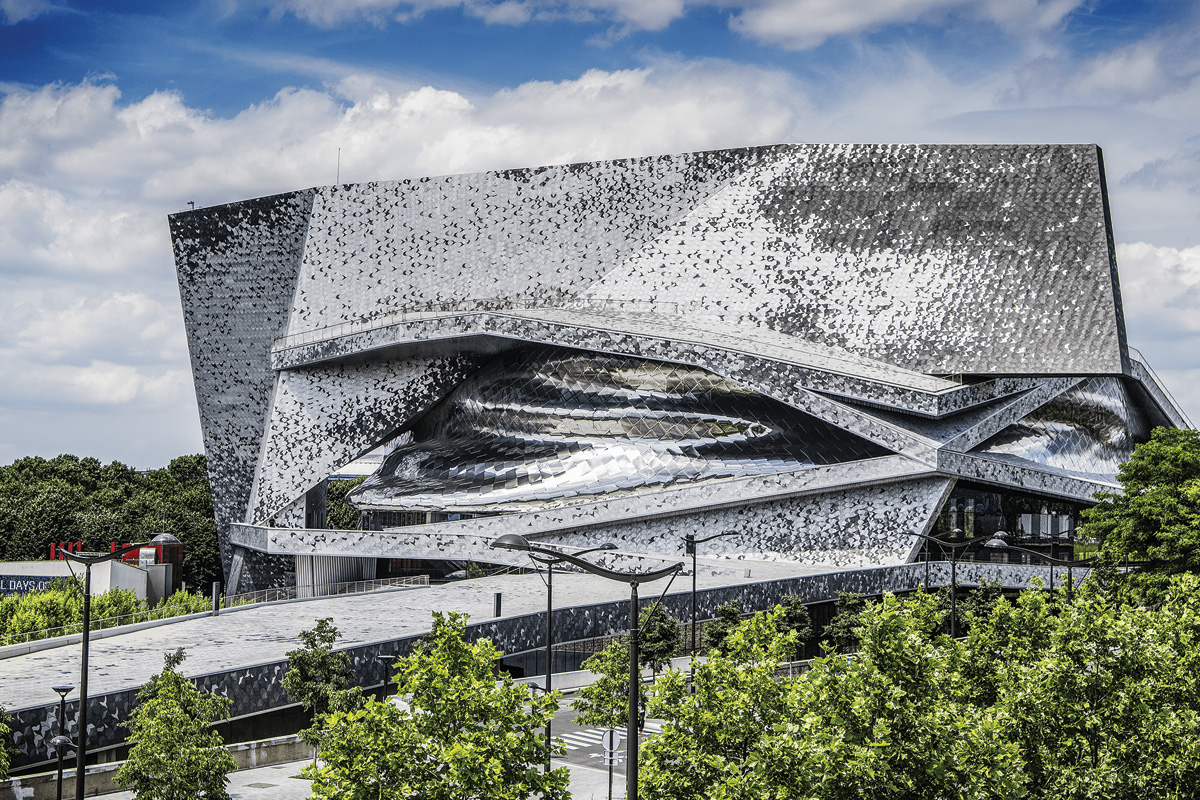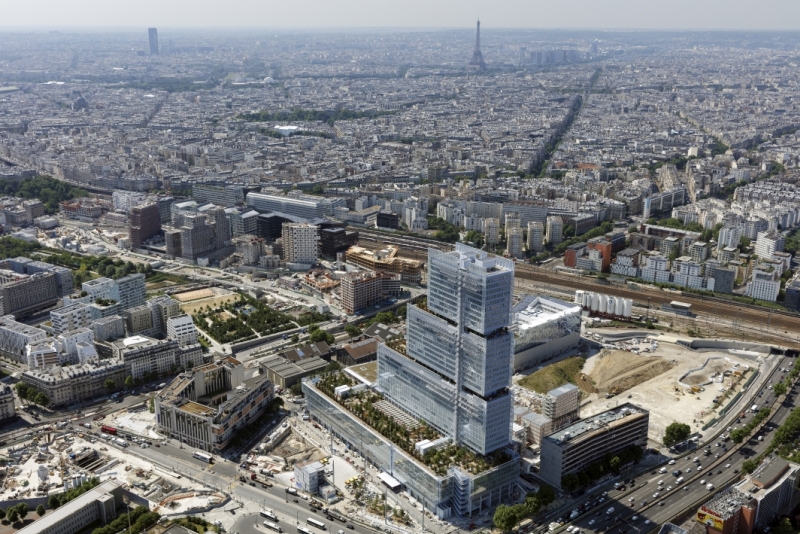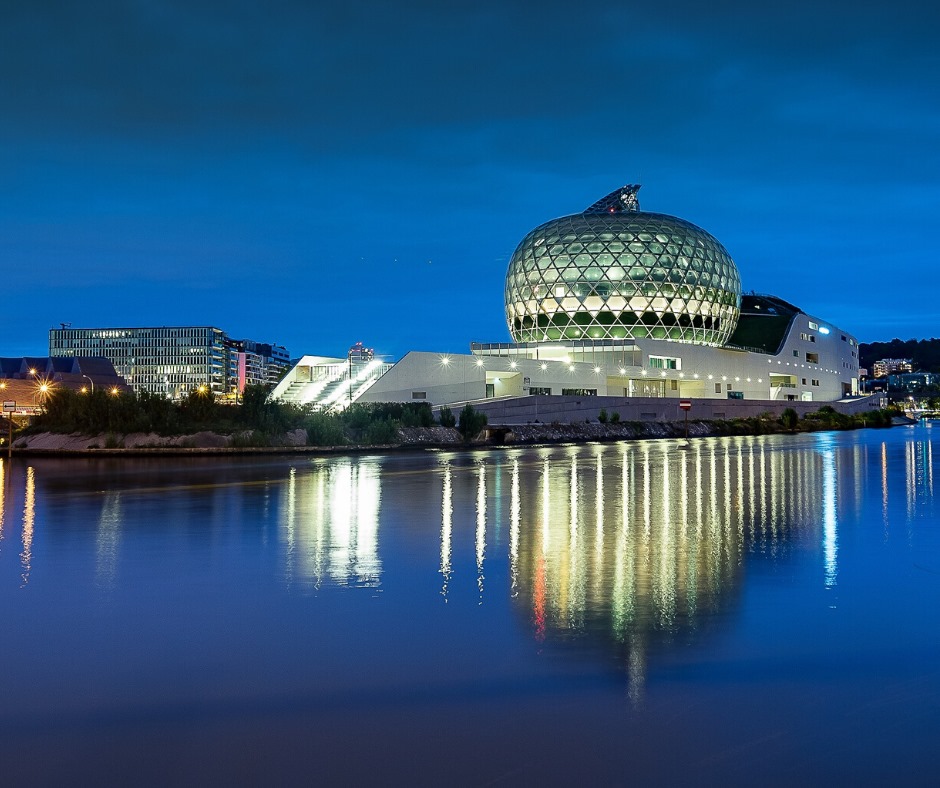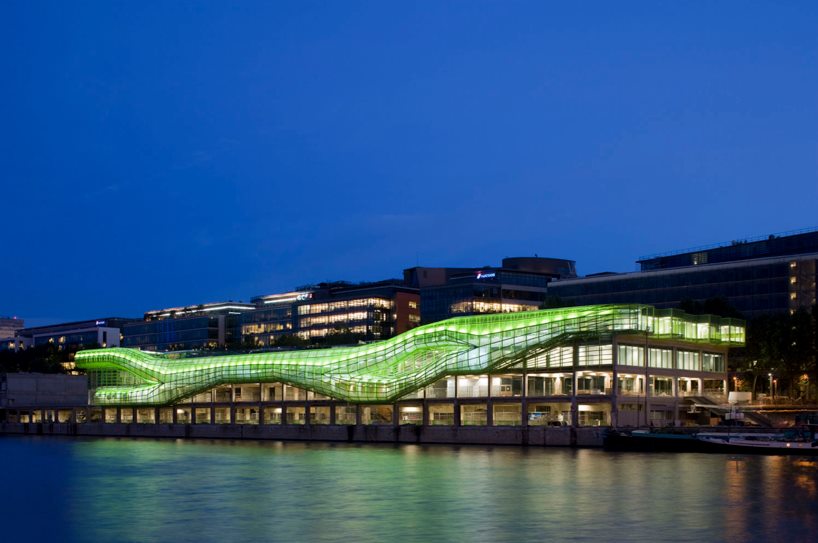There are a number of interesting urban renewal projects to study in Paris and one of the most interesting is the rehabilitation of La Petite Ceinture, or “The Little Belt” in French. Over the past few decades, sections of this defunct 32-kilometre rail line which encircled Paris, have been converted into picturesque walkways and some of the former stations have been transformed into bars and cultural centres.
In the mid-19th century a vast network of rail lines was created in and around Paris. Some lines were built for inter-city travel, while others were designed to transport suburban commuters in and out of the city. Certain sections of the latter are still in use, however, when the RER underground suburban train network was developed in the 1960s, most of the above-ground suburban lines within the Paris city limits were phased out. It is only in recent times that parts of these have been rehabilitated.
This urban renewal project started with an impressive 1.5 km long viaduct extending east from Place de la Bastille, La Coulée Verte René-Dumont, also known as the Promenade Plantée. In the late 1980s a path and garden was created atop the viaduct and the large space beneath its 64 arch was encased in massive panels of glass and turned into art galleries, artisanal workshops and design boutiques. A beautiful example of architectural preservation and repurposing, the Coulée Verte was the inspiration for numerous other projects like this, both in Paris and around the world, namely the High Line in New York.
The success of the Coulée Verte sparked the refurbishment of other disused rail lines, starting of the sections the Petite Ceinture. While the totality of the former network has not been revamped, there are a number of stretches which can be walked, or visited in some capacity.
A 1.3-kilometre stretch can be walked in the 15th, starting via an entrance across from 99 rue Olivier de Serres and ending in Place Ballard. This section of tracks is one of the newer ones refurbished, opening in 2013. As you amble along the peaceful pathway, you will pass alongside the walls of buildings, examples of street art and some unique vantage points of the arrondissement. The 16th district has a revamped section called le Sentier Nature and the 12th has a nice section which connects with the Coulée-Verte Réné-Dumont.
Various former stations have also been reinvented. The first of these was La Fleche d’Or, opened as an alternative concert venue and bar in the mid 1990s. Closed then reopened, then closed again, it’s since reopened as a neighborhood association and has a bar, with very reasonable prices, open to everyone (closed currently due to Covid restrictions). Two of the former stations in the 18th have been refurbished into cool contemporary venues. La Recyclerie, is an eco-responsible bar and restaurant which also has seating and a garden down by the train tracks (it is currently open and you can get takeaway food or drinks). A little further west is Le Hasard Ludique, which also has relaxed seating alongside the tracks, in addition to food prepared by refugee chefs and a great programme of workshops and concerts (currently closed due to covid restrictions). Two refurbished stations have a chicer appeal: Le Poincon in the 14th and La Gare in the 16th.
Photo Credits:
1st image: La Petite Ceinture. Photo: Vincent Anderlucci / Flickr
Other photos by Lily Heise
